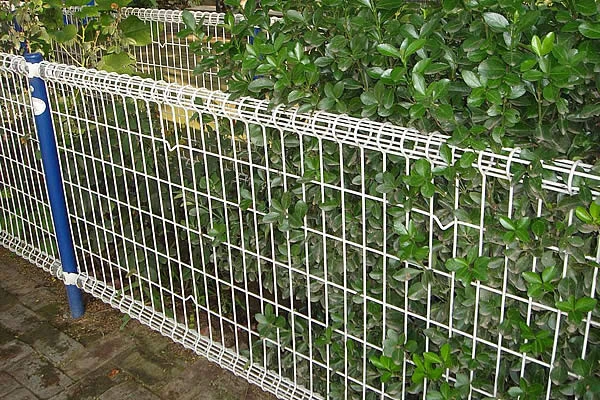 TEL:
+86-13102802206
TEL:
+86-13102802206
 Email:
fencenetting@china.com
Email:
fencenetting@china.com
 Language
Language
 TEL:
+86-13102802206
TEL:
+86-13102802206
 Email:
fencenetting@china.com
Email:
fencenetting@china.com
 Language
Language


Flux-Cored Wire for Cast Iron An Essential Guide
Flux-cored wire welding has become an integral method for joining various types of metals, and when it comes to cast iron, its significance is amplified. Cast iron, known for its brittleness and susceptibility to cracking, presents unique challenges. However, advancements in welding technology, particularly with flux-cored wires, have made it easier to achieve strong and durable welds while minimizing the risks associated with working with this material.
Understanding Flux-Cored Wire
Flux-cored wires used for welding cast iron are designed to provide superior properties compared to traditional solid wires. These wires consist of a hollow tube filled with a flux material that aids in the welding process. When the wire is fed through the welding gun, the inner flux is activated, creating a shielding gas that protects the molten weld pool from atmospheric contamination. This process enhances the weld's integrity and reduces the chances of defects such as porosity and cracks.
Key Benefits of Using Flux-Cored Wire for Cast Iron
1. Enhanced Penetration One of the primary advantages of flux-cored wire is its ability to achieve deeper penetration into the cast iron. This feature is crucial for ensuring strong bonds, especially in thicker sections of cast iron, where conventional welding methods may falter.
2. Heat Management Flux-cored welding allows for better control over the heat input, which is vital when working with cast iron. By controlling the heat, welders can minimize the risk of warping and cracking, common issues encountered with this brittle material.
3. Versatility Flux-cored wires are available in a variety of compositions tailored specifically for cast iron. This versatility enables welders to choose the right filler material, ensuring compatibility with different grades of cast iron and enhancing the strength and durability of the weld.

4. Improved Efficiency The self-shielding nature of some flux-cored wires eliminates the need for external shielding gases, which can streamline the welding process. This characteristic enables greater mobility and flexibility in various welding environments, making it an ideal choice for fieldwork and repair scenarios.
Best Practices for Welding Cast Iron with Flux-Cored Wire
While flux-cored wire offers numerous benefits, proper welding techniques are vital to achieving optimal results. Here are some best practices
- Preheat the Material Preheating the cast iron before welding can significantly reduce the likelihood of cracking due to thermal stress. A temperature range of 300°F to 500°F is typically recommended, depending on the thickness and specific grade of the cast iron.
- Choose the Right Wire Ensure you select a flux-cored wire specifically designed for cast iron. This choice is critical to achieving the necessary mechanical properties and compatibility with the base material.
- Control the Welding Speed Maintaining a consistent welding speed can help ensure uniform heat distribution through the material, reducing stress and minimizing the risk of defects.
- Post-Weld Treatment Implementing post-weld heat treatment can further relieve residual stresses and enhance the ductility of the welded joints. This step is particularly important for high-stress applications where durability is paramount.
In conclusion, flux-cored wire welding presents a reliable solution for working with cast iron. By understanding its properties and adhering to best practices, welders can achieve high-quality and durable welds, making it an essential technique in the fabrication and repair industries. As technology advances, the use of flux-cored wire will undoubtedly continue to enhance the efficiency and effectiveness of welding cast iron, strengthening its position in the welding landscape.